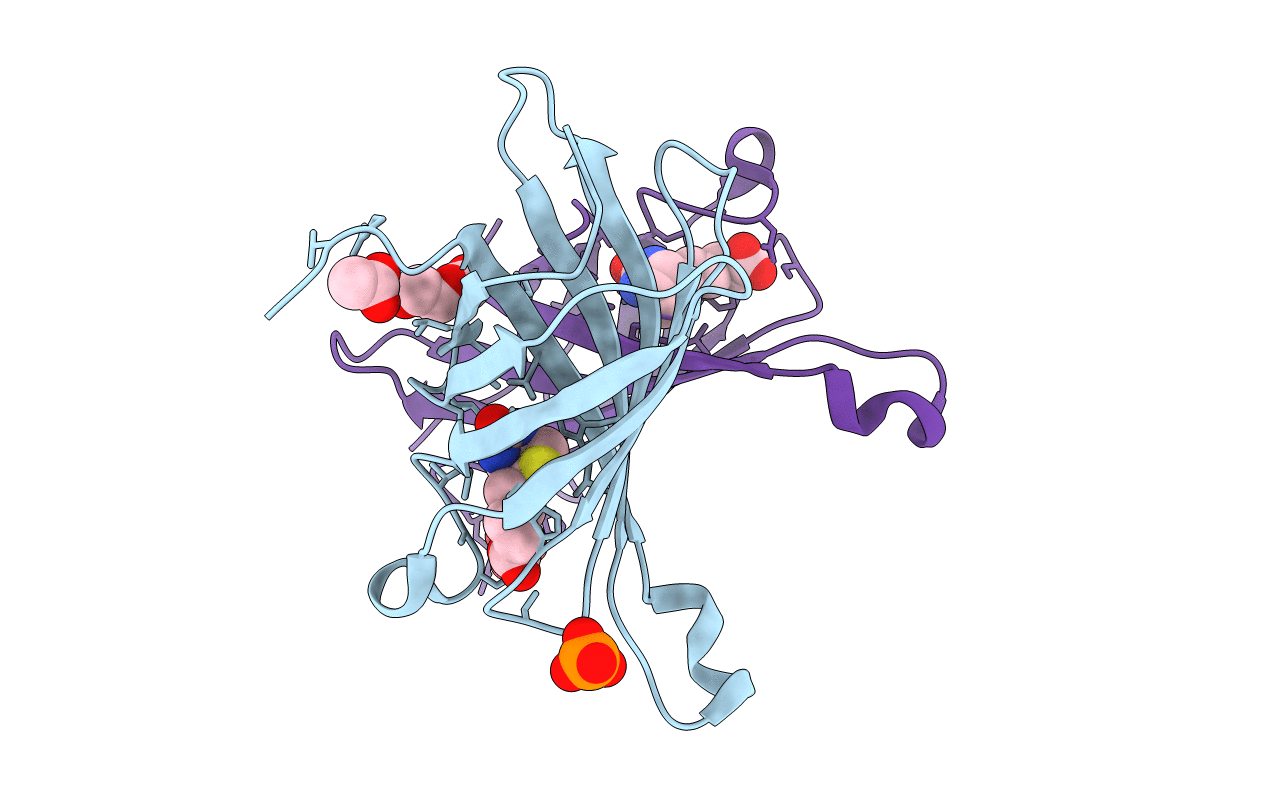
Deposition Date
2012-10-03
Release Date
2013-10-16
Last Version Date
2024-11-06
Method Details:
Experimental Method:
Resolution:
1.80 Å
R-Value Free:
0.22
R-Value Work:
0.18
R-Value Observed:
0.19
Space Group:
P 21 21 2


